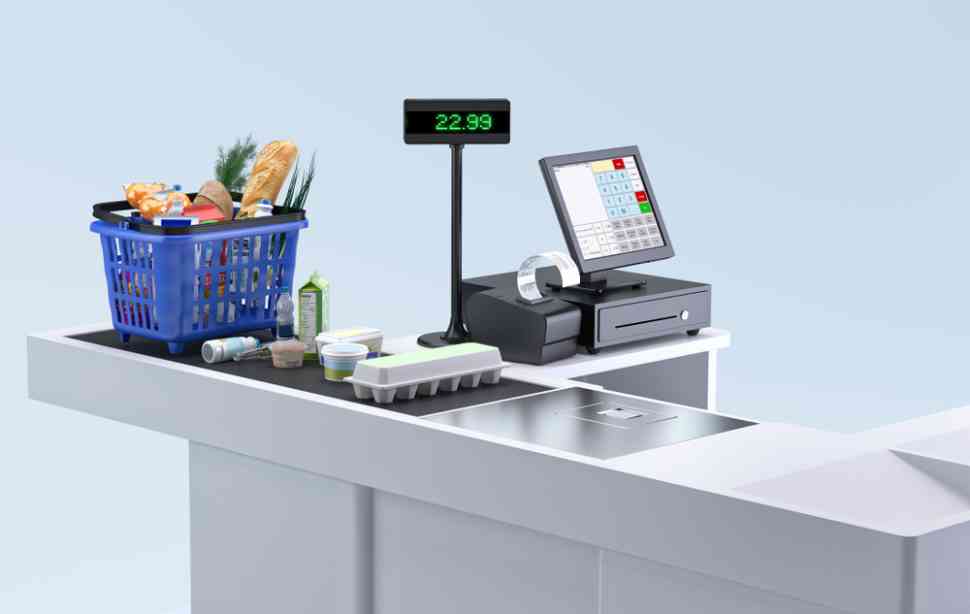Types Of Convenience Products And Marketing Strategies

Starting with the definition -for those unfamiliar with the term- of what a convenience product is, we would say it is the type of consumer product and service that consumers buy more frequently with minimum buying efforts and comparisons. You may also listen to people refer to them as low-involvement purchases. These products are generic and replaceable, so competition is always high. Today we will categorize convenience products and talk about the main marketing strategies in this industry.
Convenience products categories
- Staple products
These are convenience products that consumers buy as a part of a routine. It is mostly items they need on a daily basis, like milk and bread. Most food and detergents belong in this category as well as the majority of convenience products in general. Of the three categories of convenience products we will analyze, this is the one where the customer thinks more about their choices before completing the purchase. This happens because people will make a decision one time, and then they will always buy the same brand. - Impulse products
n this case, we have purchases that are being done without any previous consideration. However, it is unlikely we refer to food unless it is something like a bar of chocolate that, even though the client doesn’t need, they will go ahead and buy because it is delicious. The most common scenario is finding these kinds of products wisely located near the cash counter. They are often placed at spots where the customer will have to pass by either way. The important thing here is that the customer did not have the intention to buy the particular product when they entered the store. Examples of that are magazines, cheap perfumes, and gum. - Emergence products
Another example of convenience products is emergency products. Again the consumer buys the product thinking too much about this purchase. Emergency products are not a certain category of products. It can be any type of product as long as you buy it when you are in need. If, for example, it is raining, you have to buy an umbrella immediately. Condoms and sanitary pads are often emergency products because the consumer does not constantly intend to buy them since they are necessary under certain circumstances.
Marketing strategies
The big bet regarding convenience products has to do with extensive distribution. The price of these products is usually not very high. In order for the company to have a profit, they have to sell large quantities. This means they need to have a large initial capital to invest in the mass production of the item.
The next step is they need to distribute their product across the whole country in every store, grocery, supermarket, etc. Once the product is on the shelf of the supermarket, people will buy it. Big companies sometimes achieve the super goal of having their products in every supermarket and in different spots of the same supermarket. Eventually, at some point, people will buy it.
As mentioned before, competition in this market is high. Remember, it is a high-demand and high-competition industry. So, standing out from the competition is crucial. This is why packaging has to be right. Designers often use red and orange colors for the packaging of convenience products to make them ”catchy” for the eye of the potential customer. Warm and bright colors are generally preferable, as well as the whole positioning of the particular product. It is also common to see large images on the packaging.
Have you ever encountered a lady at the supermarket who serves butter over crackers? Well, free samples and free trials also come as a part of convenience product marketing. Big companies that want to launch more products under their brand use the same technique. It can be a free sample in a magazine, or even a free conditioner that comes with the shampoo one buys from the supermarket. The idea is that the consumer must try the product at least once. If they do, it is quite possible they will buy it again.
Have you read?
How Pricing Can Drive Your Business by Mark Stiving.
Why Staying Active on LinkedIn Benefits Your Business — and How to Do It by Scott Scully.
Add CEOWORLD magazine to your Google News feed.
Follow CEOWORLD magazine headlines on: Google News, LinkedIn, Twitter, and Facebook.
This report/news/ranking/statistics has been prepared only for general guidance on matters of interest and does not constitute professional advice. You should not act upon the information contained in this publication without obtaining specific professional advice. No representation or warranty (express or implied) is given as to the accuracy or completeness of the information contained in this publication, and, to the extent permitted by law, CEOWORLD magazine does not accept or assume any liability, responsibility or duty of care for any consequences of you or anyone else acting, or refraining to act, in reliance on the information contained in this publication or for any decision based on it.
Copyright 2024 The CEOWORLD magazine. All rights reserved. This material (and any extract from it) must not be copied, redistributed or placed on any website, without CEOWORLD magazine' prior written consent. For media queries, please contact: info@ceoworld.biz
SUBSCRIBE NEWSLETTER








